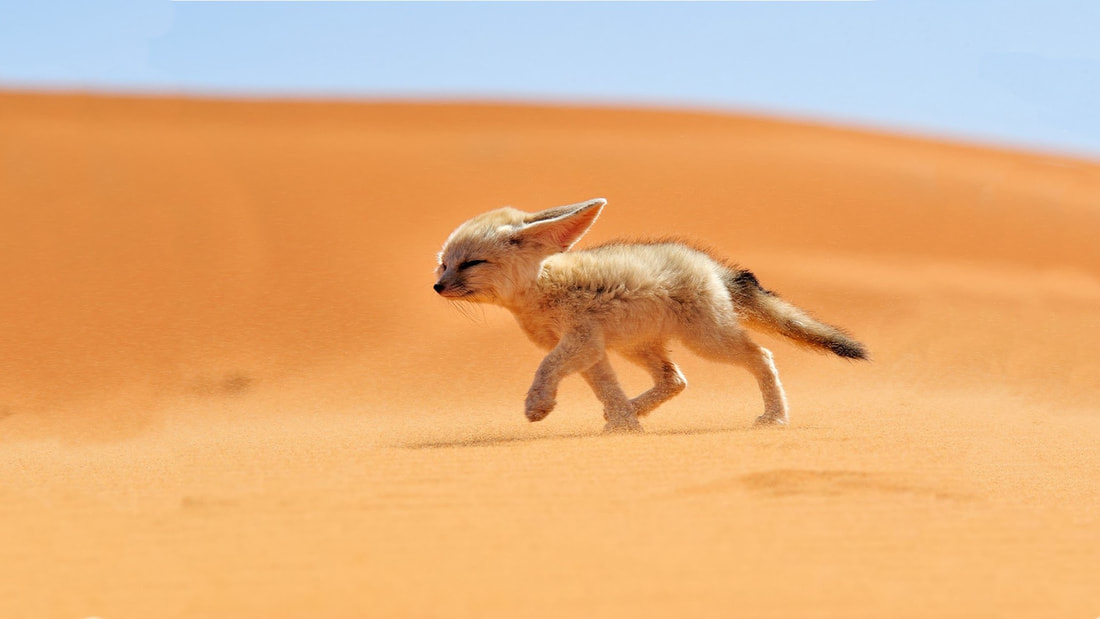| Central Question: How do the process of adaptation influence speciation? Guiding Thought Question: Write 2-3 sentences about a particular plant or animal using each of the vocabulary words below in the proper context. Adaptation - The process of change which a species undergoes to be better suited for its environment. Adaptive Radiation - The diversification of a species into forms filling different ecological niches. Specialization - Species that develops a characteristic that better allow them to survive in an area. Today's Learning Objective: Students will learn about the processes of adaptation and their impacts on where species are able to survive by completing a case study of the American Beaver. |
|
7 Comments
Lamb
10/17/2022 09:11:32 am
Specialization: finches developed bigger beaks to be able to crunch bigger nuts and eat them
Reply
cerny
10/17/2022 09:12:10 am
Birds use specialization specifically through their beaks. They adapt to their environment and the types of things they eat. Adaptive radiation comes into play here as well as the different birds from different areas had different beaks.
Reply
sims
10/17/2022 09:16:25 am
Giraffes have many adaptations but one of them that is a huge help to them is their long tongues. their tongues are very long so they can get branches and leaves. their specialization is there spots because their spots identify who they are and they help regulate body temperature. since their diet can be thorny they have a very sticky almost rubbery textured saliva which helps protect them.
Reply
Kaden
10/17/2022 09:20:27 am
For example, the finches found in the Galapagos had developed adaptations to be more well suited to their environment which would lead to Adaptive Radiation and differentiation of finch species falling into certain niches in the ecosystems of the Galapagos Islands. Which in turn leads to Specialization of these species, like how the finch species developed different types of beaks to make attaining food easier for that species of finch that is filling a certain niche in their ecosystem.
Reply
ww
10/17/2022 09:20:54 am
The fennec fox has adapted to having large ears in order to help with the heat and hear underground animals, and is specialized to survive nocturnally in the desert
Reply
Lucy M
10/17/2022 09:27:35 am
Honeycreepers have specific beak adaptations like smaller beaks to rip bark away for insects while allowing for specialization function. The species diversified through adaptation radiation in Hawaii because less birds are present on the island leaving more food resources. Specialization
Reply
Lucy
10/17/2022 09:28:29 am
specialization of function*
Reply
Leave a Reply. |
Biogeography ForumWelcome to the Forum! Here is where you will be answering your daily warm-up questions. Please do not enter your last name for privacy reasons, and you may use a nickname if you would like (Just make sure Mr. Tredinnick is aware of the nickname you are using). Write out thoughtful responses to the forums on the days they are assigned. If you miss a day please take it upon yourself to complete the Forum you missed. Each Forum has the targeted Learning Objective(s) there so you can see what the focus of the day's class will be. Archives
September 2019
Categories |


 RSS Feed
RSS Feed
